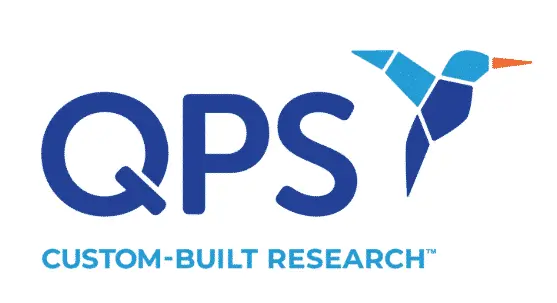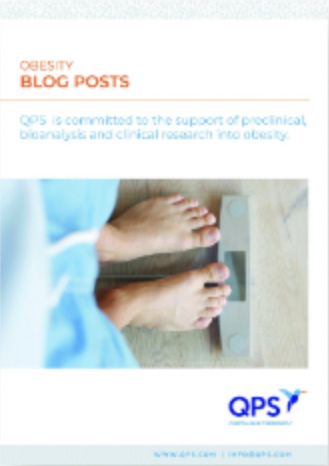As avian influenza, or bird flu, continues to circulate globally, researchers are examining the possibility of cross-protection from past seasonal flu infections. While it’s known that the flu virus mutates constantly, a new line of research suggests that immunity from prior influenza infections—especially the H1N1 (Swine Flu) pandemic strain of 2009—may provide some defense against the current strain of bird flu, H5N1. However, the picture is far from clear, and experts warn that preexisting immunity may only offer limited protection.

A Small Shield of Protection: Can Previous Flu Infections Help?
Recent research has found that people who have been exposed to seasonal flu strains, either through past infection or vaccination, may harbor some antibodies capable of recognizing and binding to H5N1 avian flu viruses. In the trial, researchers measured antibody responses to H5N1 proteins in 73 individuals and found modest hemagglutinin (HA)-binding antibodies and low to undetectable neutralizing antibodies, meaning the existing antibodies aren’t strong enough to provide reliable protection. “Everybody had relatively low levels of antibodies,” said researcher Andrew Pekosz, a virologist at Johns Hopkins Bloomberg School of Public Health. However, the study, published online in bioRxiv but not peer-reviewed, also detected neuraminidase (NA)-specific antibodies at levels comparable to those seen against human flu strains—an unexpected finding that could shape future vaccine design. By incorporating or enhancing NA targets in seasonal flu vaccines, researchers may be able to broaden immune protection against both seasonal and emerging pandemic strains like H5N1.
Separate research published in Nature Medicine has shown that antibodies targeting hemagglutinin, a key protein in the H5N1 virus, have been detected in individuals who have experienced prior infections with the H1N1 strain. Furthermore, other findings published before peer review suggest the potential importance of antibodies against neuraminidase, another viral protein, which may not prevent infection but could help reduce the severity of the disease.
Animal Research Offers Insight
Research with ferrets—commonly used in influenza research—showed that preexisting immunity from H1N1 or H3N2 (seasonal flu) infections appeared to reduce the severity of illness when exposed to the H5N1 bird flu virus. Specifically, ferrets that had been exposed to H1N1 were less likely to become sick after being infected with H5N1. “With H3N2 immunity, half the ferrets still got sick,” said Troy Sutton, a virologist at Penn State and study author, “but with H1N1 immunity, ferrets didn’t get sick at all.” This is promising, but Sutton emphasizes that these results are based on ferret models, not human populations, and thus cannot be directly applied to humans.
The study also tested whether ferrets with immunity to seasonal flu could be infected via exposure to another ferret carrying an H5N1 bird flu variant. “Preexisting immunity to H1N1, in particular, reduced the likelihood that the animal will get infected,” Sutton said.
Immunity Could Be Part of the Pandemic Puzzle
As researchers continue to study the intersection between seasonal flu immunity and H5N1 resistance, one critical takeaway is that while prior infections may reduce the risk of severe disease, they won’t prevent everyone from getting sick. Jesse Bloom, a virologist at the Fred Hutchinson Cancer Center, echoes this concern, stating, “Certainly, you can have pandemics even when there’s some existing weak immunity against the new strain.” Past immunity may make a pandemic less deadly, but it won’t eliminate the risk entirely.
The potential for a pandemic, despite some preexisting immunity, remains a pressing concern. Influenza pandemics in 1968 and 2009 occurred despite people having developed immunity to similar viruses.
The Future of Flu Vaccines: Is Cross-Protection the Key?
What does this mean for future flu vaccines? Researchers are increasingly investigating ways to boost immunity against both hemagglutinin and neuraminidase, particularly for individuals with limited or no prior exposure to H5N1. This might not completely shield individuals from infection, but it could reduce the severity of the disease in the event of a pandemic.
Researchers are also hopeful that a more targeted approach to vaccine development, one that takes into account both past flu exposures and current threats, such as H5N1, could help mitigate future outbreaks.
Did you enjoy this blog post? Check out our other blog posts as well as related topics on our Webinar page.
QPS is a GLP- and GCP-compliant contract research organization (CRO) delivering the highest grade of discovery, preclinical, and clinical drug research development services. Since 1995, it has grown from a tiny bioanalysis shop to a full-service CRO with 1,200+ employees in the US, Europe, Asia, India and Australia. Today, QPS offers expanded pharmaceutical contract R&D services with special expertise in pharmacology, DMPK, toxicology, bioanalysis, translational medicine, cell therapy (including PBMCs, leukopaks and cell therapy products), clinical trial units and clinical research services. An award-winning leader focused on bioanalytics and clinical trials, QPS is known for proven quality standards, technical expertise, a flexible approach to research, client satisfaction and turnkey laboratories and facilities. Through continual enhancements in capacities and resources, QPS stands tall in its commitment to delivering superior quality, skilled performance and trusted service to its valued customers. For more information, visit www.qps.com or email info@qps.com.




